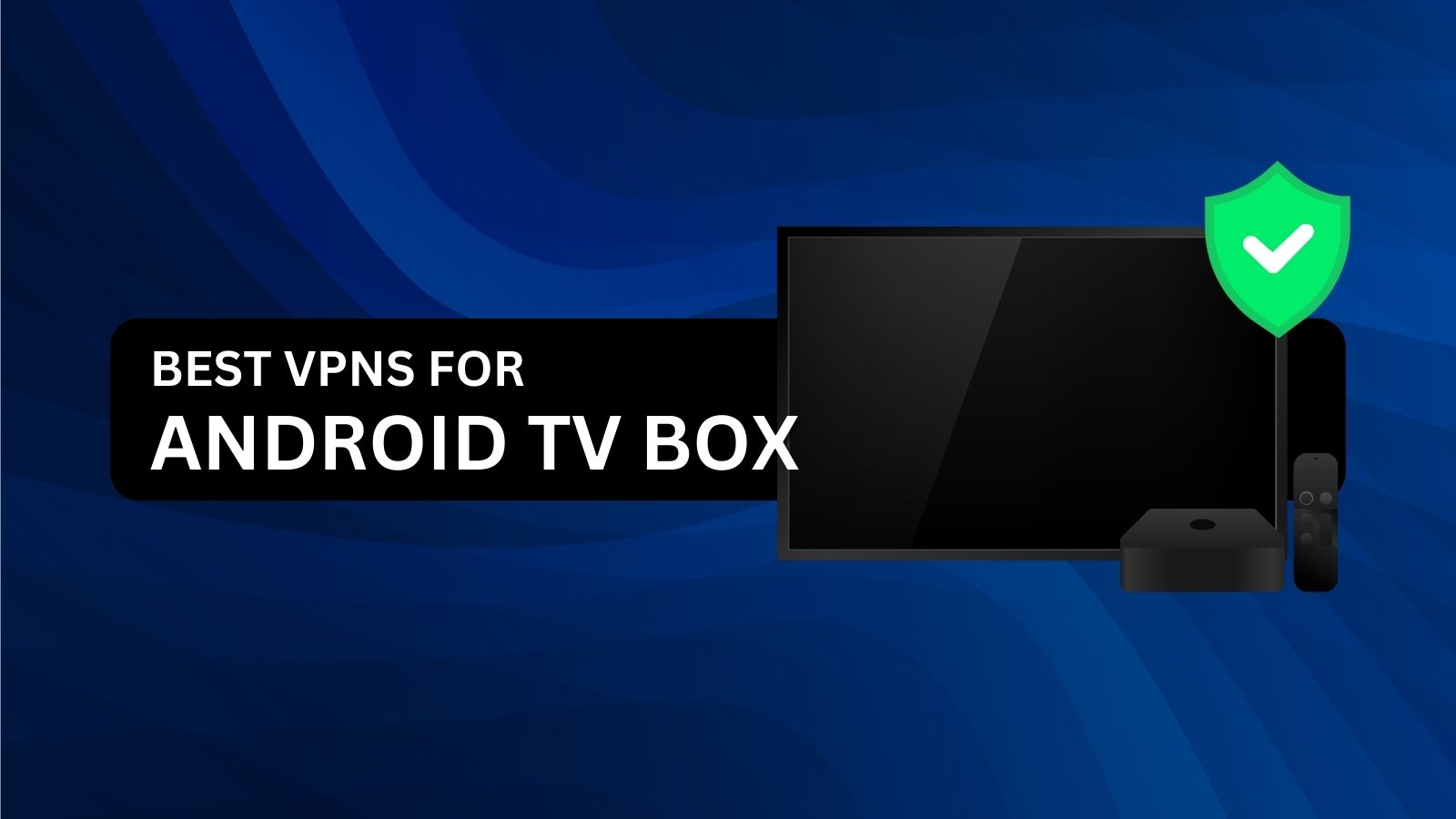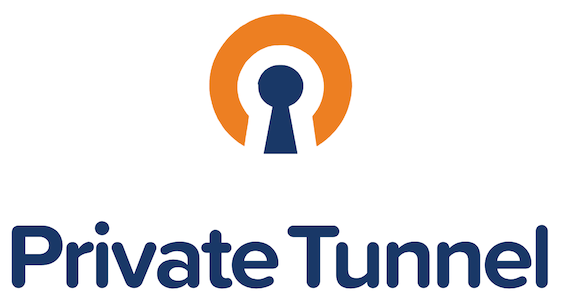Interactive storytelling engages your audience by allowing them to participate in the narrative. This approach can take various forms, including interactive quizzes, gamified experiences, or choose-your-own-adventure stories. By involving your audience in the storytelling process, you create a more immersive and memorable experience.
Example:
A travel brand could create an interactive map that lets users explore different destinations through stories and testimonials from travelers. This interactive element not only captures attention but also encourages deeper engagement with the brand.
3. User-Generated Content
Encouraging your audience to share their own stories related to your brand can be a powerful form of storytelling. User-generated content (UGC) adds authenticity and social proof to your brand narrative. It also helps build a sense of community and loyalty among your customers.
Example:
A fashion brand might run a campaign asking customers to share photos of themselves wearing the brand’s products, along with a brief story about their favorite outfit. Featuring these stories on social media or your website can enhance your brand’s narrative and foster a stronger connection with your audience.
4. Personalization
Personalized storytelling tailors the narrative to individual preferences and behaviors. By using data and insights, you can craft stories that resonate with specific segments of your audience. Personalization makes your brand’s message more relevant and engaging.
Example:
An e-commerce platform could use customer purchase history to send personalized email campaigns featuring stories about products similar to their previous buys. This approach makes the narrative more relevant and increases the likelihood of conversion.
5. Cross-Channel Storytelling
Cross-channel storytelling involves maintaining a consistent narrative across multiple platforms. Each platform offers unique opportunities to engage with your audience, so adapt your story to fit the format while keeping the core message intact. Consistent storytelling across channels helps reinforce your brand’s identity and message.
Example:
A tech startup might share a behind-the-scenes video of its product development on YouTube, post customer success stories on LinkedIn, and run a Twitter campaign highlighting key milestones. Each piece of content reinforces the startup’s innovative and customer-focused narrative.
Leveraging Brand Storytelling for Different Audiences
1. B2B Storytelling
In the B2B sector, brand storytelling can focus on demonstrating how your products or services solve specific business problems. Highlight case studies, success stories, and industry insights to show how your brand delivers value to other businesses.
Example:
A software company might share detailed case studies showing how its solutions have helped businesses streamline operations, improve efficiency, and achieve growth. These stories provide potential clients with tangible proof of your product’s benefits.
2. B2C Storytelling
For B2C brands, storytelling often revolves around connecting with consumers on an emotional level. Focus on lifestyle, values, and experiences that resonate with your target audience. Highlight customer stories, brand values, and the benefits your products bring to everyday life.
Example:
A wellness brand could feature testimonials from customers who have improved their quality of life using the brand’s products. By showcasing personal stories and transformations, the brand can create an emotional connection with potential customers.
3. Niche Audiences
When targeting niche audiences, tailor your storytelling to address their specific interests and needs. Deeply understand their preferences and challenges, and craft stories that speak directly to those aspects.
Example:
A niche outdoor gear brand might create stories focused on adventure enthusiasts who seek specific types of gear for extreme conditions. By addressing the unique needs and experiences of this audience, the brand can position itself as an authority and a trusted resource.
Evaluating and Evolving Your Storytelling Strategy
1. Collect Feedback
Regularly gather feedback from your audience to assess the effectiveness of your storytelling. Use surveys, social media comments, and direct interactions to understand how your narrative is received and where improvements can be made.
2. Analyze Performance Metrics
Monitor key performance indicators (KPIs) related to your storytelling efforts. Metrics such as engagement rates, share of voice, and conversion rates can provide insights into how well your story is performing and its impact on your business goals.
3. Iterate and Adapt
Brand storytelling is an ongoing process. Based on feedback and performance analysis, continuously refine and adapt your narrative. Stay attuned to changes in your audience’s preferences and industry trends to keep your storytelling fresh and relevant.
The art of brand storytelling is a dynamic and powerful tool for creating meaningful connections with your audience. By understanding the core elements of storytelling, employing advanced techniques, and tailoring your narrative to different audiences, you can craft compelling stories that enhance your brand’s identity and impact.
Effective brand storytelling goes beyond traditional marketing; it’s about creating a narrative that resonates on a personal level and aligns with your audience’s values and experiences. As you embark on your brand storytelling journey, remember to stay authentic, be engaging, and continuously evolve your approach to meet the ever-changing needs of your audience.
Frequently Asked Questions (FAQ) About Brand Storytelling
1. What is brand storytelling, and why is it important?
Brand storytelling is the practice of using narratives to communicate your brand’s values, mission, and vision. It’s important because it helps create an emotional connection with your audience, differentiate your brand from competitors, and enhance engagement. Effective storytelling can transform a brand from just a name into a relatable and memorable entity.
2. How can I start crafting my brand story?
To start crafting your brand story, follow these steps:
- Define Your Core Values: Understand what your brand stands for.
- Identify Your Audience: Know your target audience’s interests and needs.
- Develop a Compelling Narrative: Create a story that reflects your values and engages your audience.
- Incorporate Visuals: Use images, videos, and other multimedia to enhance your story.
- Test and Refine: Gather feedback and make improvements as needed.
3. What are the key elements of a successful brand story?
Key elements of a successful brand story include:
- Authenticity: Genuine and true to your brand.
- Relatable Characters: Individuals your audience can connect with.
- Clear Message: A straightforward and impactful message.
- Emotional Appeal: Engages the audience on an emotional level.
- Conflict and Resolution: Includes challenges and how they were overcome.
- Visual and Sensory Elements: Enhances the story with visuals and sensory details.
- Call to Action: Encourages the audience to take specific actions.
4. How can I use data in brand storytelling?
Data-driven storytelling involves using data and analytics to support your narrative. You can use data to:
- Highlight Key Insights: Show trends and patterns relevant to your audience.
- Demonstrate Impact: Provide evidence of your brand’s effectiveness or success.
- Create Visuals: Develop infographics or charts that make data more accessible and engaging.
5. What is interactive storytelling, and how can I implement it?
Interactive storytelling involves engaging your audience by allowing them to participate in the narrative. Implement it by:
- Creating Quizzes: Develop quizzes related to your brand or industry.
- Gamifying Experiences: Incorporate game-like elements in your storytelling.
- Offering Choices: Allow users to make choices that influence the story’s direction.
6. How can I incorporate user-generated content into my brand story?
Encourage your audience to share their own stories related to your brand. You can:
- Run Campaigns: Ask for submissions or stories from your customers.
- Feature Content: Highlight user-generated content on your website or social media.
- Create a Community: Foster a sense of belonging and involvement among your audience.
7. What role does personalization play in brand storytelling?
Personalization tailors your story to individual preferences and behaviors. It can:
- Enhance Relevance: Make your narrative more applicable to specific segments of your audience.
- Improve Engagement: Increase interaction by addressing individual interests.
- Drive Conversions: Influence purchasing decisions by providing personalized recommendations.
8. How can I measure the effectiveness of my brand storytelling?
Measure the effectiveness of your brand storytelling through:
- Engagement Metrics: Track likes, shares, comments, and click-through rates.
- Brand Sentiment: Analyze positive or negative sentiment around your brand.
- Conversion Rates: Monitor the impact on desired actions such as purchases or sign-ups.
- Audience Growth: Assess changes in audience size and retention.
9. What are some examples of successful brand storytelling?
Some notable examples include:
- Nike’s “Just Do It” Campaign: Focuses on inspiring stories of athletes overcoming challenges.
- Apple’s “Think Different” Campaign: Emphasizes innovation and creativity.
- Coca-Cola’s “Share a Coke” Campaign: Personalizes the brand experience with names on bottles.
10. How often should I update my brand story?
Regular updates to your brand story are essential to keep it relevant. Consider updating your story when:
- There Are Major Changes: New products, services, or company milestones.
- Audience Preferences Shift: Changes in your audience’s interests or needs.
- You Gather New Insights: Feedback or data suggests a need for adjustment.
























